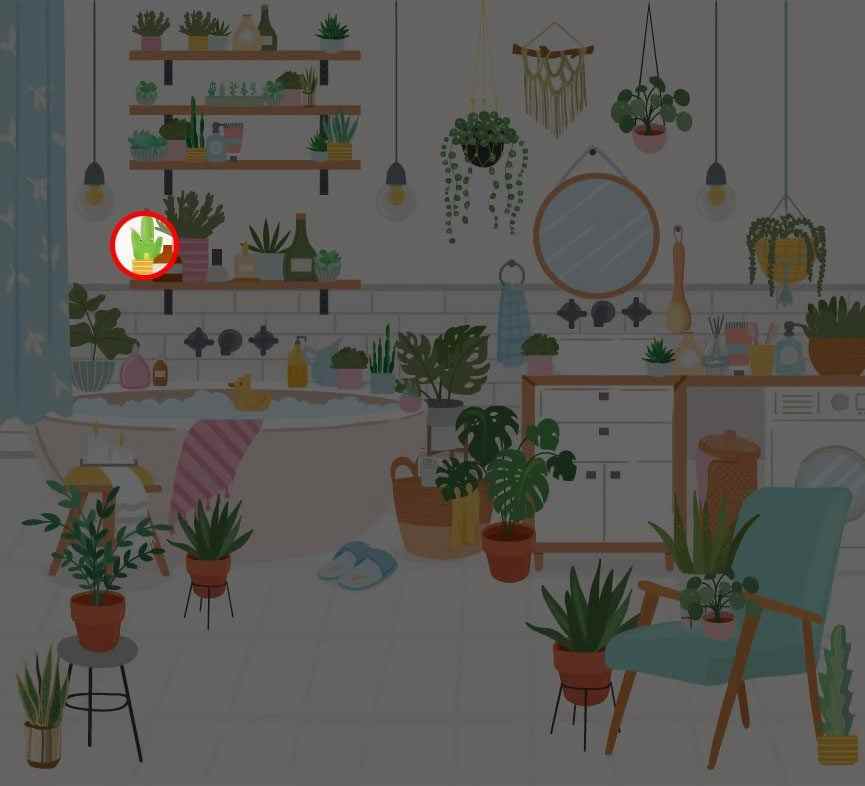Test Your IQ: Optical illusions are perceptual puzzles that have numerous applications in psychology, the arts, daily life, and even how the brain functions. It will make clear how the brain arranges and processes visual information, demonstrating that perception involves more than just gazing in the mirror. This challenging activity will test your critical thinking, problem-solving, and application of both qualitative and quantitative methods skills.
In contrast to the image above, use your visual sharpness and cognitive abilities to find the FROG hidden in the picture.
Use Your BLADE SHARP VISION To Find The Colour Other Than Red in 51 Seconds. 99% Failed!
Find The FROG Hidden In The Picture
Optical illusions test our comprehension of contradicting or ambiguous information. Knowing how the brain reacts to optical illusions can help us better understand cognition, anatomy, and sensory processing. They provide light on how the brains of both healthy and disabled individuals interpret visual information, making them vital instruments for visual studies.
 Source:
Source:
Look for the optical illusion answer here:
Optical illusion helps understand psychology and examine various characteristics related to human vision, attention, memory, and decision-making.
But I forgot to tell you, you just have 7 seconds.
Tick…
Tock…
Tick…
Enough of suspense and the low-key music in the background, let’s jump to the answer.
Through the use of optical illusions, psychology and neuroscience researchers examine a wide range of characteristics related to human vision, attention, memory, and decision-making.
Coming back to the picture…
I Am Sure You Are Done!
If you still need help with the answer, please have a look at the picture below.
 Source:
Source:
Optical illusions reveal variations in people's perspectives and levels of visual acuity, raising questions about our comprehension of reality. Accepting the challenges that the visual arts provide to us can help us develop a cosmic perspective that broadens and improves our understanding.
Comments
All Comments (0)
Join the conversation